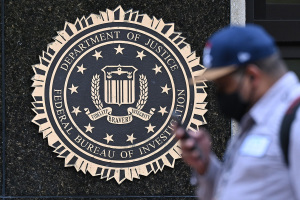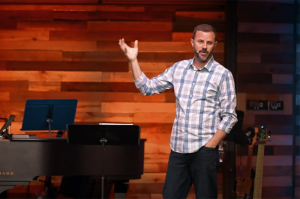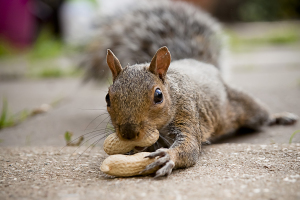Origin of Christmas Carols, Songs Represent Christian History
For generations, Christmas carols were sung by the world everywhere during the holiday season, but the evolution of the familiar songs may be much different from popular perception.
The very first recorded vestiges of what became Christmas songs came way before the commercialized holiday, in ancient, second-century Rome. Then, the Christian order of the day demanded the hymns be sung to propagate Trinitarian Christian doctrine claiming that God the Father, Jesus the Son, and the Holy Spirit are all equals, three beings in separate forms. Arianism, on the other hand, claimed that Jesus was deistically lower than God was, because He was created afterwards in human form.
The songs of ancient times were in Latin, the scholarly language of the day, and as such, were immensely unpopular.
The ninth and tenth centuries saw further evolution of what would become the traditional Christmas carol because of rhyming verses. The introduction of rhyme, along with the cultivation of pagan lore like “Veni, redemptor gentium," or “Savior of the Nations, Come,” attributed to Milanese Bishop St. Ambrose, brought tuned chants a bit closer to the Christmas carols of modern times.
St. Francis of Assisi recognized the unpopularity of Christmas hymns, and set out to change it by transforming the holiday through theatrics, music, and for the first time, carols sung in audiences’ native languages. The abandonment of Latin in the thirteenth century was popularized in nativity scenes and productions across Europe.
Martin Luther continued the legacy of folk songs, but by the time the Puritan movement came about, the cheery Christmas spirit was discarded. Puritans did not believe in religious song, and banned the practice in Parliament in 1647.
Nearly 200 years later, historian Davies Gilbert published a number of ancient Christmas carols, and the practice was reborn. Then a little over a decade later, William Sandys created some of the most-sung carols of all time, like “Hark, the Herald Angels Sing,” and “The First Noel.”
A push for more Christmas tradition by Prince Albert in 1840 spurred more English creations. One such creation was Charles Dickens’ “A Christmas Carol.”
Today, music artists keep the tradition alive with slews of Christmas-themed albums, like Justin Bieber’s recent work, featuring classics like “Drummer Boy” and “Silent Night.”
The transition from tuned, doctrinal chants, to folksy carols and finally Christmas songs is very telling of the journey Christ’s unofficial birthday celebration had to endure just to be recognized.
Now, when people speak of the “Christmas spirit,” they can hold fast in the fact that carols do not just represent songs, but thousands of years of Christian history.




























